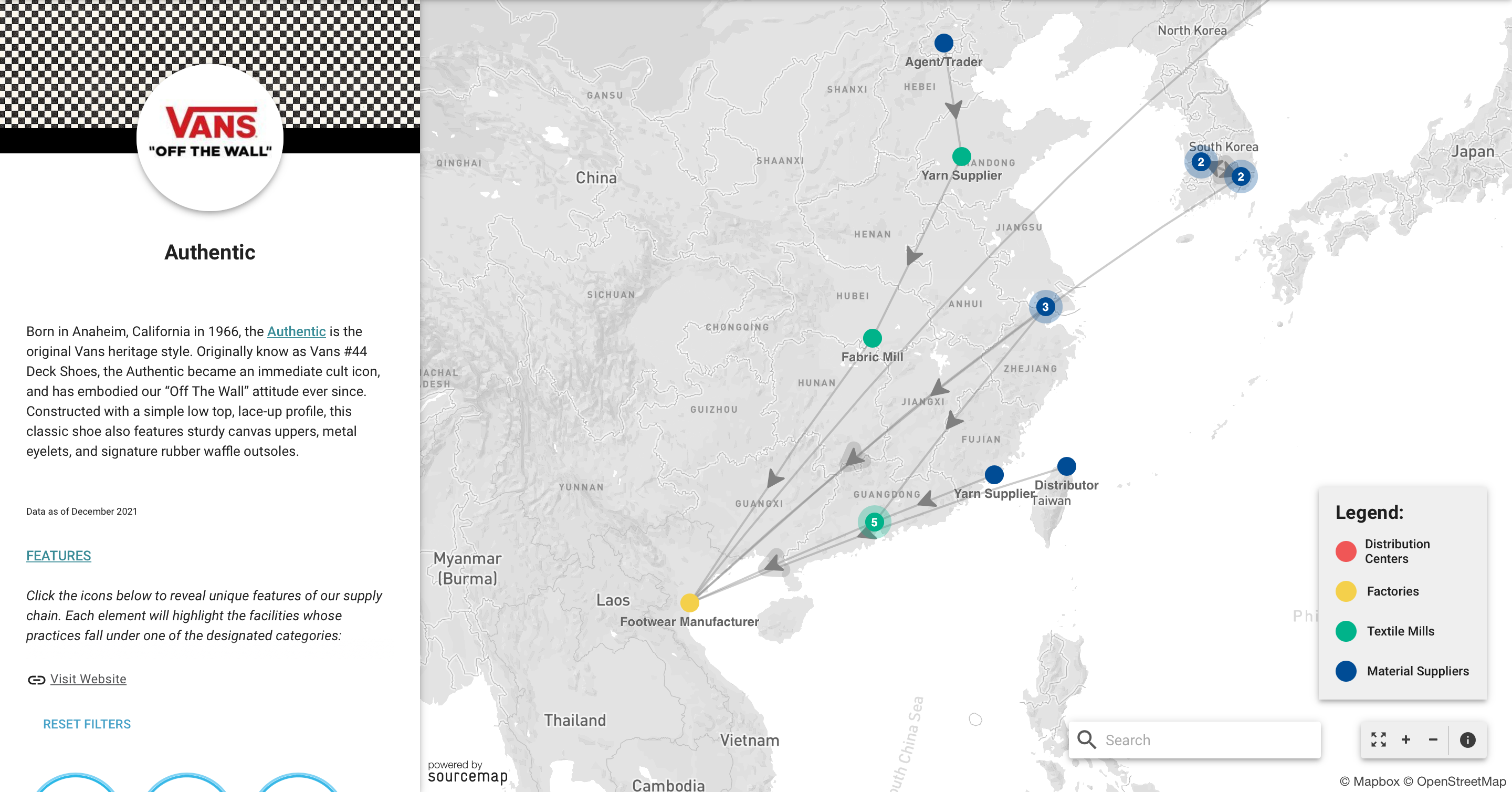Why We Can't Have Transparency Without Traceability
Sep 01, 2022
Here at The Underswell, one topic we always teach our students is the difference between transparency and traceability. We talk about it so much that we even have a saying - you can’t have transparency without traceability. But what do these two terms really mean? There can be confusion surrounding the difference between the two and it’s important to understand why they’re both equally important.
Let’s sink our teeth into this topic and uncover the truth behind some of the mystery.
Traceability is the ability to track every stage of the manufacturing of your goods. Using a traditional tier model, true traceability would mean we know everything about production starting from Tier 4 (raw material extraction) all the way to Tier 0 (retail or distribution). We should know where all the inputs came from, how and where they were processed, and who ultimately put it together and shipped it to you. Of course, there are a number of other ways in which traceability can be implemented (think of a supply network, instead of a supply chain), but for our post today, we’ll keep it to this simple definition.

Image of Supply Network Example (Credit: OIA)
Transparency, on the other hand, is the collection and sharing of that information regarding the production process among all stakeholders. Once we’ve successfully mapped out our supply chain, it’s important that we share this information with the public, our employees, and shareholders. We’ll get into some good examples of this later on, but it’s important to remember that your supply chain does not have to be perfect to release information and data. There isn’t a single brand out there that has a perfect supply chain. What matters most is finding out what’s going on in the supply chain and when you find something that needs to be fixed, let people know that your brand is going to address it. Transparency should always be centered around honesty and action.
While both of these are great on their own, the real power of a brand lies in the ability to use both traceability and transparency in cooperation with one another. We’ve seen brands claim that they’re aware of what’s going on in their supply chains and they’re quick to talk about all the great sustainability initiatives they’ve coordinated, but without hard data to back up their claims, it ends up as one big greenwashing mess.
This gets back to our saying:
You can’t have transparency without traceability!
So how can a brand implement traceability and transparency? We have a few ideas…
1. Collaboration
If you work at a brand and you’re trying to tackle supply chain mapping, connect with someone at a company that has already had some success in the space. Some examples of brands who have started addressing supply chain traceability are:
All three of these organizations, although not perfect, have started the process of mapping the supply chain and could potentially help you get started too.

Image of Supply Chain Mapping (Credit: VF)
Not only should you collaborate with other brands, but reach out to your suppliers too. Ask them questions about working conditions, whether they use subcontractors, if they have any certifications, and any other questions you may have. Make this a part of your organizational culture.
Looking to align with standards and get certifications from third-party organizations like Textile Exchange or Oeko-Tex? You’ll quickly realize how important supply chain traceability is and how much easier it will be if you’re stacked and ready.
2. Traceability Technology
As brands demand more and more insight into their supply chains, technology companies have been sprouting up to help out. Most of this technology is based on fiber tracing where scannable material is blended with the piece of clothing, allowing the customer to scan the clothing and see the data surrounding materials. Others are based on data organization (which can be just as difficult!).
If you’d like to know more about traceability technology, sign up for our Academy. We have a list of resources that just may help your brand take the first step toward traceability.
Although this post was more geared towards the brands, if you don’t work in the apparel industry, there are still plenty of resources to help you learn more about traceability and transparency actions and expectations!
Here are some of our favorite organizations:
I highly recommend exploring some (or all) of these organizations to learn more about traceability and transparency. Plus, most of them provide information regarding other areas like materials, water use, and much more!
If you want to learn more about sustainable apparel, we have a weekly newsletter that covers the must-knows, new innovations, and current events. We’d love to have you as part of the Crew!
Feeling social? Check out our YouTube channel and drop us a comment with any questions you may have. You can also find us on Instagram and LinkedIn if you want even more sustainability content!
Thanks for joining me and remember to #keeplearning.
McKenzie
#sustainability #keeplearning #supplychain
